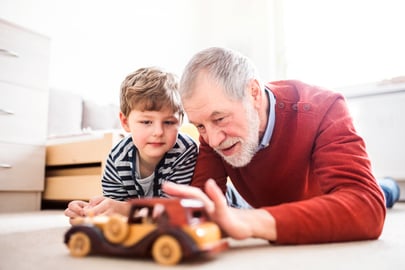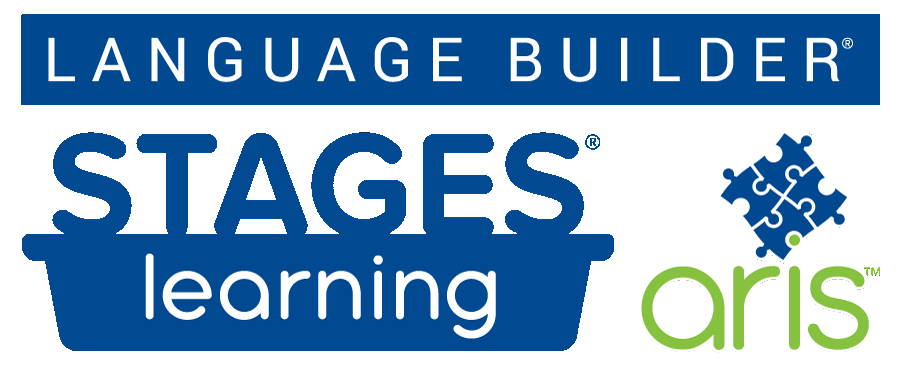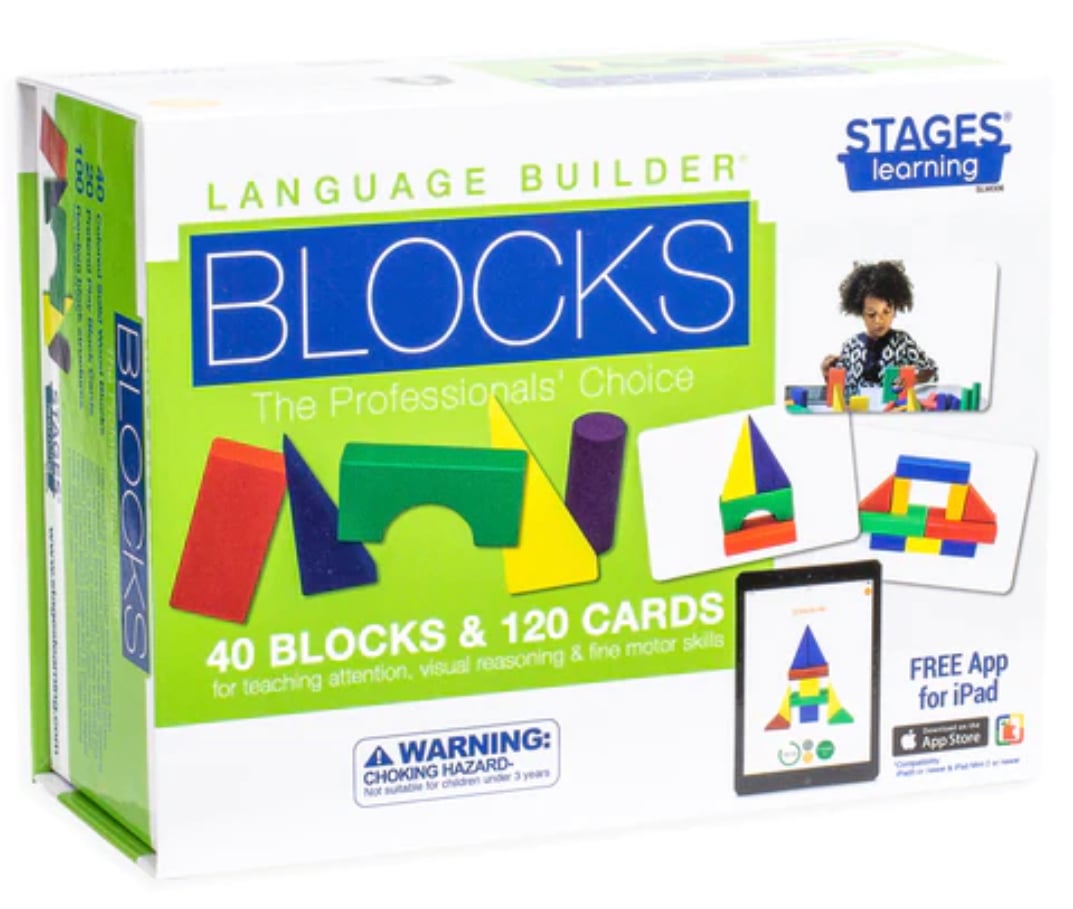
The Top Two Interventions for Improving Developmentally-Beneficial Play in Autistic Children
While group play is an important component of child development, autistic children may not develop social interaction and play skills in the same way that their peers do. As a result, it is necessary to implement individualized interventions to augment the behavioral deficits of neurodiverse learners while supporting positive and prosocial play in the meantime.
Pamela Wolfberg’s Integrated Play Groups (IPG) and Stanley Greenspan’s FloorTime approach are two strategies that were specifically designed to increase developmentally beneficial play in autistic children. Wolfberg’s IPG model promotes inclusive play and group engagement among children with diverse learning and developmental backgrounds while Greenspan’s FloorTime intervention focuses on fostering communication, group interactions, prosocial behavior, and cognitive growth through the development of meaningful relationships with caregivers.
Why Autistic Children Struggle With Group Play
There are a number of reasons why autistic children may struggle to develop appropriate play skills. Some of the most common factors include:
- Communication deficits
- A lack of understanding of nonverbal cues (e.g., the body language, intentions, and preferences of others)
- Fixed, unusual, or repetitive interests and interfering behaviors
- A preference to play alone and a tendency to engage in parallel play (i.e., playing next to--but not together with--peers)
- Sensory differences, limited eye contact, and poor hand-eye coordination
- An inability to appropriately express emotion or engage in imaginary play
- Literal (rather than abstract) patterns of thinking
- Reduced social awareness and joint attention skills (i.e., a limited ability to share the same focus on an object as someone else)
Many neurodiverse children benefit from receiving specialized instruction to improve their social interaction skills. Wolfberg and Greenspan’s models are two approaches that have proven beneficial in promoting the development of reciprocal (i.e., shared) communication and group play skills in autistic children.

Wolfberg’s Integrated Play Groups Approach
Pamela Wolfberg developed the Integrated Play Groups (IPG) approach in the late 1980s based on Lev Vygotsky’s sociocultural theory. The sociocultural theory emphasizes the importance of individuals as active participants in the creation of their own knowledge, understanding, and thoughts about the world.1 Vygotsky held that learning and play skills develop primarily through social, cultural, and group environments--rather than solely through the child alone. As a result, many children learn to engage with others through interactions with their peers at school, parents at home, or other salient role models throughout the day--and neurodiverse children may benefit from receiving additional support in the development of social interaction and group play skills.
Because autistic individuals frequently demonstrate unusual behaviors, restricted interests, and inflexible patterns of thinking, interactions with others can be challenging. Peers, for example, may exclude autistic individuals from games and activities due to an incomplete understanding of the neuropsychological differences of autistic individuals. Considering this, Wolfberg created the IPG model to “guide autistic children and neurotypical peers in mutually engaging experiences that foster socialization, play, and imagination in [naturally inclusive] settings.”2
Research demonstrates that social isolation can hinder neurodiverse children from reaching their personal goals for success. Therefore, the IPG approach seeks to proactively incorporate each child’s strengths, motivations, and unique abilities by fostering meaningful relationships and reciprocal play with peers who are accepting, understanding, and sensitive to each individual’s differences in learning, play, and group engagement.
Integrated Play Group Sessions in Action
IPG sessions are customized to meet the needs of each child according to their personal interests, abilities, and limitations. Sessions commonly take place in a contrived classroom environment designed to encourage effective social interaction and appropriate group play skills. Activities supporting these learning and play goals often include:
- Interactive games (e.g., playing “Simon Says,” “Follow the Leader,” or a board game like Chutes and Ladders)
- Physical movement (e.g., dancing, playing with bubbles, or engaging with peers while outside on the playground)
- Constructive activities using blocks, cups, Legos, or other building materials
- Guided participation (i.e., creating interactive experiences to enhance back-and-forth conversations, imagination, and social participation among peers)
- Creative arts (e.g., using Play-Doh™, craft supplies, or other hands-on activities to promote personal expression and group collaboration during play)
Benefits of the Integrated Play Groups (IPG) Model
Wolfberg’s IPG approach has been demonstrated to strengthen numerous play skills in children of differing ages, cultural backgrounds, and language abilities. Areas of improvement include:
 Social engagement, pretend play, and active group participation
Social engagement, pretend play, and active group participation
- Empathy and developing a better understanding of nonverbal cues (i.e., the body language and preferences or intentions of others)
- Reciprocal communication, mutual friendship building, and connection with others
- Creative expression, inclusion, and acceptance of individualities
- Decision-making, impulse control, and self-awareness skills
- Joint attention (i.e., sharing the same focus on a physical object as another person or peer)
- Social initiation and improved responsiveness in group settings
Wolfberg’s IPG model seeks to maximize each child’s potential to interact, socialize, and play with peers in a reciprocal, inviting, and structured environment while encouraging the development of shared conversation skills and integrated play among learners of various backgrounds. Importantly, the benefits gained during IPG sessions were maintained even after contrived environments and adult support were withdrawn.
Greenspan’s FloorTime Model
Stanley Greenspan developed FloorTime to meet children at their current level of ability. His model focuses on each child’s strengths and weaknesses by emphasizing child-guided play with caregivers in an inviting, supportive, and compassionate environment.3 Greenspan believes that social, emotional, and intellectual growth occurs when children are encouraged to be curious, connect with others, and develop their own unique passions and interests.
Pretend play, social engagement, logical thinking, emotional maturation, and gross motor development are all a primary focus of FloorTime, but the most crucial aspect of Greenspan’s approach is, perhaps, intentionally focusing on the direction, lead, and personal preferences of the child while bringing them into a shared world with others. Parents, caregivers, and professionals can identify where a child has gone off track in the normal sequence of development and create appropriate strategies for getting the child back on track in achieving their developmental milestones and goals for success.4 As a result, the FloorTime model highlights the importance of child-initiated activities which lead to strengthened reciprocity, improved relationships, and the building of enriched social interactions with others.
Encouraging meaningful connections with caregivers throughout childhood is an essential component of social and emotional development for all children; however, it is especially important for autistic children because relationships foster an enduring foundation on which more sophisticated learning, play, and group collaboration skills can be established.
FloorTime Sessions in Action
Greenspan’s FloorTime model guides young children with learning differences in the development of improved social, emotional, problem-solving, and communication skills while keeping the distinct interests, desires, and sensory needs of each child in mind. The following five steps give an overview of Greenspan’s strategy for improving group play and social interactions among autistic individuals:5
- First, observe the child and identify how to best support their needs while jointly interacting with them.
 Second, physically approach (i.e., draw near to) the child and enter into their current activity while purposefully matching their social-emotional disposition and remaining conscious of their affect.
Second, physically approach (i.e., draw near to) the child and enter into their current activity while purposefully matching their social-emotional disposition and remaining conscious of their affect.
- Next, allow the child to continue engaging in their selected game or activity and follow the child’s lead.
- Expand on the child’s chosen game or activity by adding to it. Actively engage the child in a meaningful way and introduce another related theme without interfering, being overly disruptive, or intruding.
- After the child responds to the introduced theme, “close the circle of communication” by initiating another conversation, reciprocal interaction, or related activity with the child.5
It is important to capitalize on a child’s unique passions, interests, and motivations during each FloorTime session lasting between 20-30 minutes. Sessions should occur intensively (about 6-10 times per day) until the child reaches their individualized goals for success identified at the onset of treatment. This intensive type of intervention is typically recommended to give autistic children ample opportunities to practice using their newly acquired social interaction skills.
Benefits of the FloorTime Model
Greenspan’s approach allows children to follow their inner curiosities and requires caregivers to intentionally follow the child’s lead. FloorTime promotes the development of the whole child by emphasizing positive social interactions, meaningful relationships with others, and improved cognition.4 While capitalizing on each child’s personal interests, FloorTime encourages:
- Improved problem-solving (especially when faced with new or unexpected situations), strengthened social communication skills (e.g., when engaging with caregivers during sessions), and enhanced attention skills (e.g., focusing on relevant/salient stimuli in the environment)
- Reduction of repetitive behaviors (such as lining up toys in a row, playing with the same building blocks over and over, or repeatedly pressing a button on a light-up game)
- Self-actualization (i.e., developing a strong sense of “self” through interactive activities of the child’s choosing)4
- Imaginary play and reciprocal (i.e., back-and-forth) conversations with others
- Critical thinking skills (necessary for building bridges between different ideas and concepts)
- Creative expression, cognitive growth, and emotional regulation strategies
- A healthy (and developmentally-appropriate) sense of self-awareness
- Active participation, joint attention (i.e., sharing the same focus on an object as another person), and group collaboration
Children who complete FloorTime sessions often demonstrate improvements in social behavior, nonverbal communication, attention, cognition, creative expression, and imaginary play. Many also engage in restricted, avoidant, and self-stimulatory behaviors less frequently because caregivers are taught how to step in and help break repetitive cycles. For example, by strategically placing a toy car out of order--or adding a block in an unexpected place--Greenspan’s model can significantly reduce repetitive behaviors, limit fixed interests, and improve a child’s ability to actively engage with others. Research even suggests that a majority of children with learning differences (e.g., autistic) are capable of making significant progress in their social relationships when properly supported.
Summary and Overview of Integrated Play Groups and FloorTime
Developmentally beneficial play can be fostered through Integrated Play Groups (IPG) and FloorTime sessions by promoting reciprocal conversations, improved problem-solving skills, enhanced social awareness, a reduction of repetitive behaviors, and strengthened creative expression, among other things. These skills are learned indirectly through structured participation, contrived interactions, and child-directed learning activities.
Both the IPG and FloorTime model follow a child’s lead during game, activity, and play times of their choosing--allowing the child to initiate, guide, and explore relationships with others in a supportive environment. According to Johanna Lantz, a graduate assistant at Indiana University: “Although a few limitations exist, both intervention strategies have merit and deserve further investigation. As with any intervention, individual differences and desired outcomes need to be considered when deciding what method to use, and progress [should be] regularly evaluated.”5
While many neurodiverse children have an internal desire to play, they may require additional support to develop the necessary social interaction and group play skills required for engaging appropriately with peers. Furthermore, promoting school-wide strategies to enhance acceptance, diversity, and inclusion among all students is crucial. Because typically developing peers may not be naturally inclined to include autistic individuals in social games and activities, fostering acceptance and inclusion among all students can encourage more effective social interactions, improved group engagement, and enhanced peer play.
The ARIS® Academic Readiness Intervention System's Language Builder for autistic children combines key components of learning sensitive to the needs of each child including drawing on the research behind Integrated Play Groups and FloorTime. ARIS provides detailed lesson plans, hands-on activities, customizable communication cards, and a structured system for effective record-keeping and behavior management that can be implemented directly from the comfort of home or in the classroom to support the individual needs of each child.
Question for Readers
Have you used the Integrated Play Groups (IPG) or FloorTime approach with an autistic child and found it helpful? Why or why not?
References
- https://www.sciencedirect.com/topics/psychology/social-constructivism
- http://www.wolfberg.com/
- https://www.stanleygreenspan.com/resources/about-floortime
- Hall, L. J. (2018). Autism spectrum disorders: From theory to practice (3rd ed.). New York, NY: Pearson.
- https://www.iidc.indiana.edu/irca/articles/play-time-an-examination-of-play-intervention-strategies-for-children-with-autism-spectrum-disorders.html





